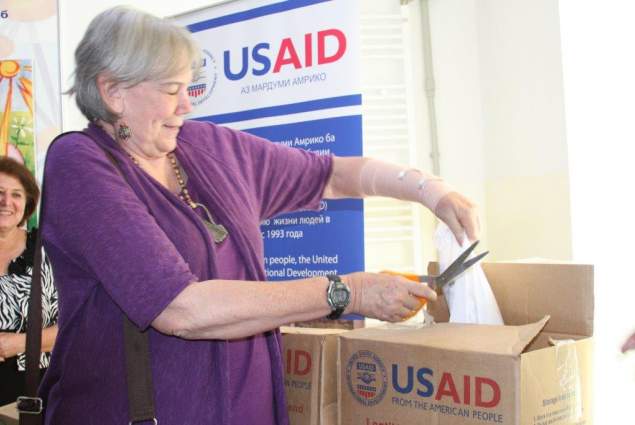WASHINGTON — American taxpayers can help more starving people without greatly increasing spending for food aid, thanks to reforms allowing U.S. programs more flexibility in how they purchase the food going to impoverished countries across the globe.
Dina Esposito, director of the office Food for Peace of United States Agency for International Development , said Wednesday the agency wants to maximize the value of every dollar spent to reach more people in need, even against the challenge of federal budget limitations and a more competitive domestic agricultural products market.
“I want to highlight how we are currently using the flexibility provided through the International Disaster Assistance account and how the critical reforms in the 2014 Farm Bill are enabling USAID to reach more people quickly and cost-effectively,” Esposito told the Senate Foreign Relations Committee.
Under new proposals to add flexibility, the agency can provide more food aid through targeted cash transfers or food vouchers so that people in food crises areas overseas can buy food directly in their local markets.
“These reforms serve as the basis for USAID to continue to pursue additional flexibility in food crises to use the right tool at the right time.”
In 2014, the new the Farm Bill increased the share of overall funding for the program that can be used flexibly from a maximum of 13 percent to up to 20 percent. The change, according to Esposito, provided cash directly to organization partners rather than monetizing the food, and helped save $21 million and helped feed an additional 570,000 people.
Federal budget constraints are still a big concern.
In the 2009 fiscal year, USAID spent $2.5 billion on Food for Peace programs, the major food assistance project of America since 1954. Yet in fiscal 2013, it spent less than $1.5 billion, a 40 percent decline.
Food aid has declined as an overall share of U.S. food exports, representing less than one-half of one percent of the total value today and an even smaller share of overall U.S. agricultural production.
In response to Sen. Benjamin Cardin’s question about how to maintain support from the domestic agricultural community if government purchases are cut, Esposito said that they are still expected to be the backbone of U.S. food aid.
“But I would point out that because of rising fuel prices and the cost of doing business, there has actually already been a very significant decline of the amount of food that is used in the relief programs,” Esposito told the Maryland Democrat. “And there is such a strong commercial demand right now. And we actually compete with those commercial demands when we buy our food.”
The administration’s fiscal year 2015 and fiscal year 2016 budget proposals seek an additional 25 percent of the $1.4 billion funding for flexible food assistance programming, hoping to reach two million more beneficiaries.

